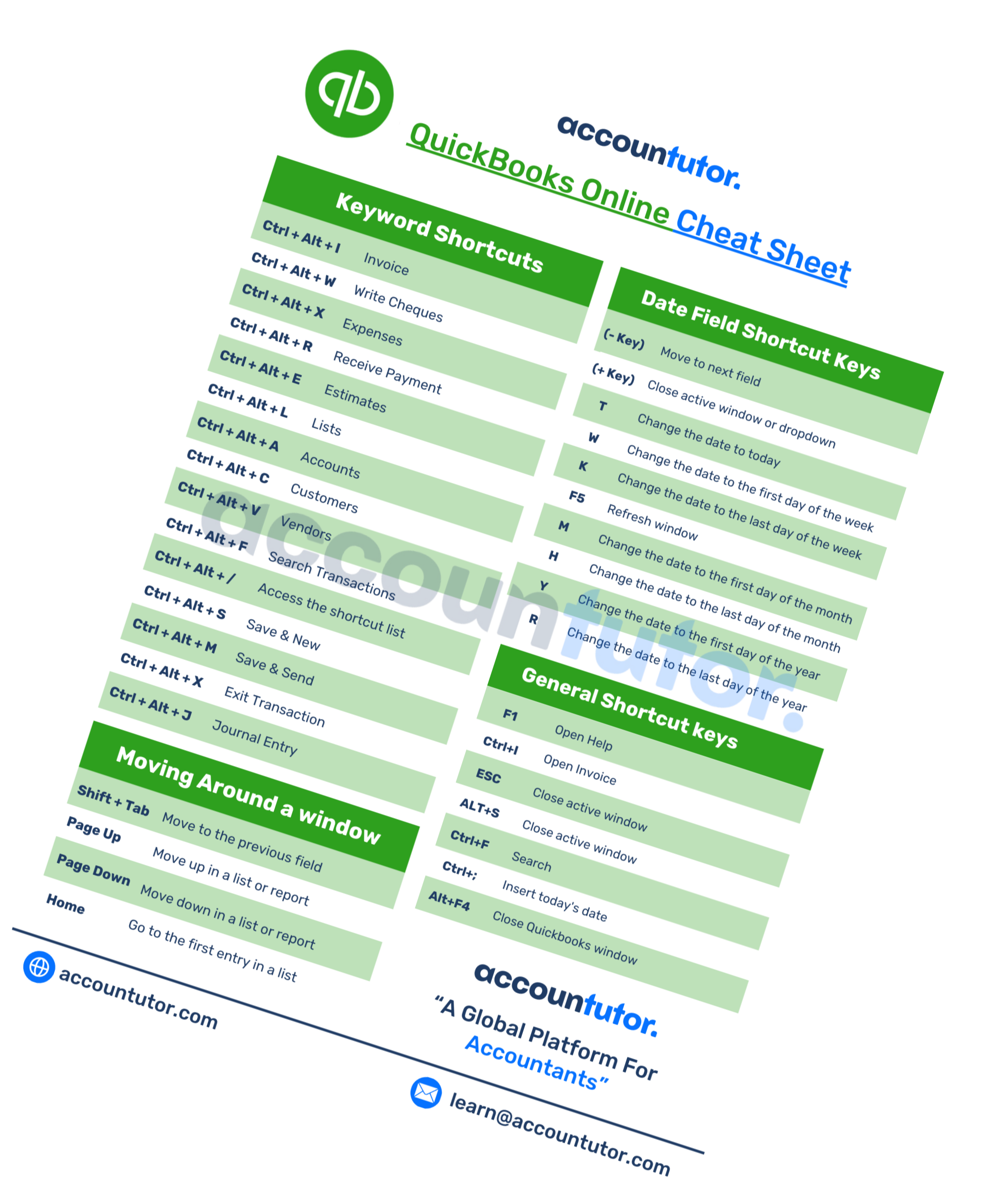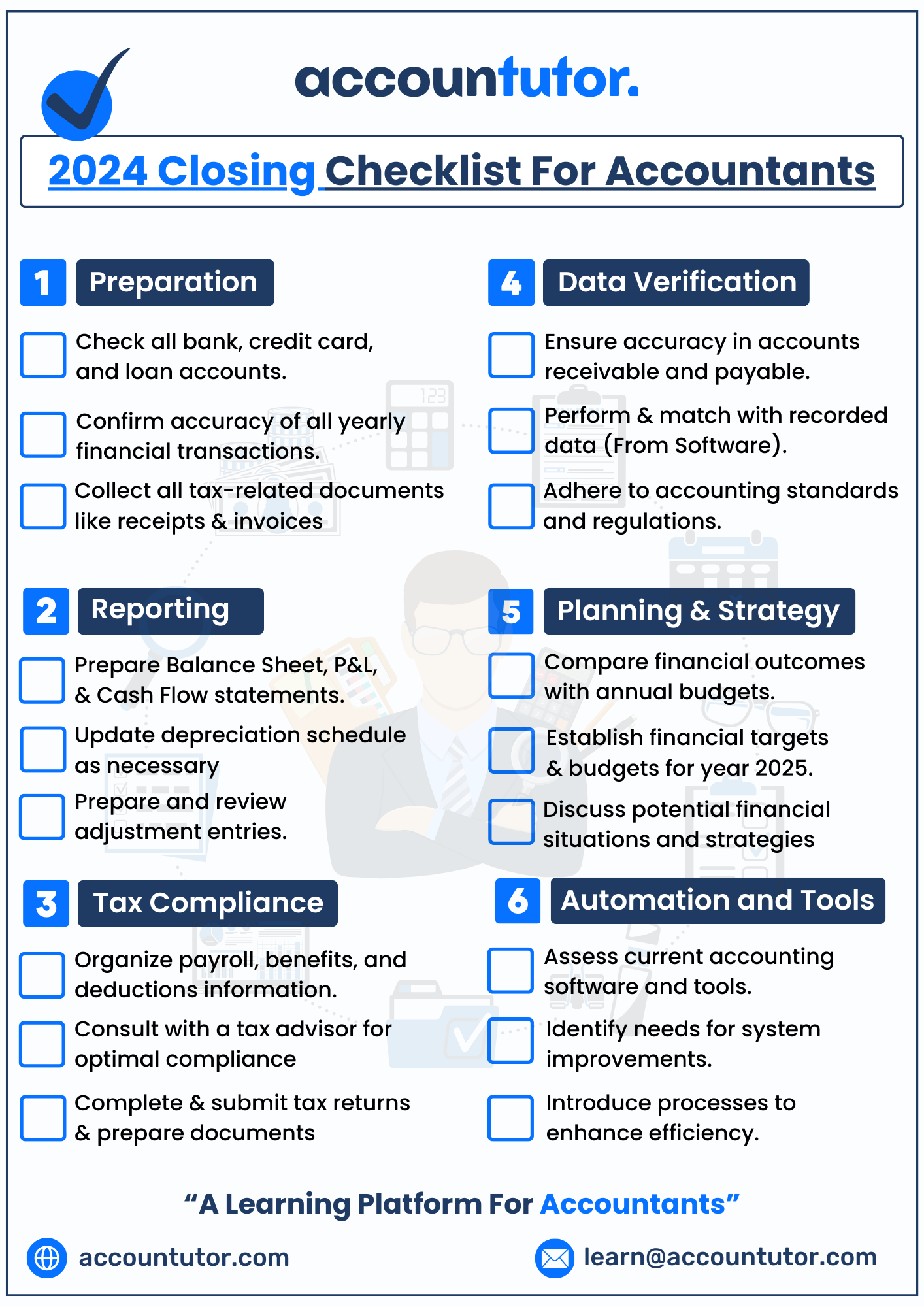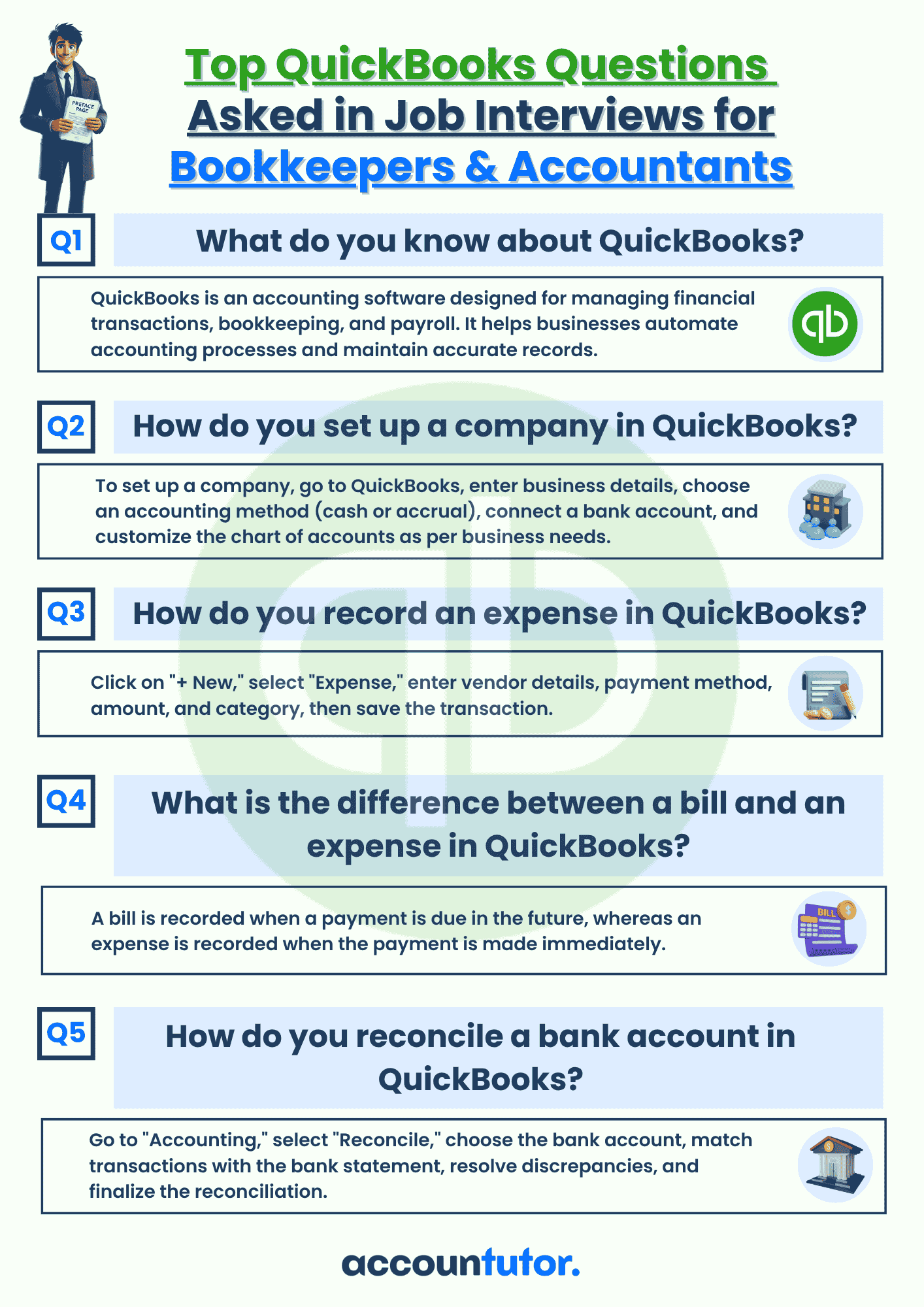What is Master Budget?
Jan 21

Introduction
A master budget is a comprehensive financial planning document that consolidates all of a company’s individual budgets into a unified plan. It serves as a roadmap for a specific period, typically a fiscal year, and includes operating budgets (e.g., sales, production, and expenses) and financial budgets (e.g., cash flow, capital expenditures, and balance sheet projections). The master budget aligns the company’s strategic goals with its financial and operational plans, ensuring coordination and resource allocation across departments.
How it works?
A manufacturing company prepares its master budget for the upcoming year. The sales department forecasts revenue of $10 million based on historical data and market trends. The production budget estimates costs of $6 million for materials, labor, and overhead to meet the sales target. The administrative budget allocates $1 million for operating expenses, while the financial budget projects a net income of $2 million. The cash budget plans for $500,000 in monthly operating cash needs, ensuring liquidity. By integrating these components, the company creates a master budget that guides decision-making, resource allocation, and performance evaluation throughout the year.
Why it is important?
The master budget is a cornerstone of effective financial management, offering numerous benefits for businesses:
1. Strategic Alignment: It aligns operational and financial goals with the company’s overall strategy, ensuring that resources are allocated to priority areas.
Example: A retail chain allocates more marketing funds to regions with high growth potential, as identified in its master budget.
2. Comprehensive Planning: The master budget provides a holistic view of the company’s finances, enabling better coordination between departments.
Example: The purchasing team synchronizes raw material procurement with production schedules outlined in the budget.
3. Performance Monitoring: By comparing actual results with budgeted figures, businesses can assess performance, identify variances, and take corrective actions.
Example: A restaurant evaluates monthly revenue and expenses against the master budget to control costs and improve profitability.
4. Resource Optimization: The budget helps businesses allocate resources efficiently, reducing waste and maximizing returns.
Example: A tech startup uses its master budget to ensure adequate funding for R&D while controlling administrative expenses.
Types of Budgets in the Master Budget:
1. Operating Budget: Includes budgets related to the company’s core operations, such as sales, production, and expenses.
Example: A car manufacturer forecasts 50,000 units in its sales budget, requiring a production budget for the same number of cars.
2. Sales Budget: Projects expected revenue based on sales volume and pricing strategies, forming the foundation of the master budget.
Example: A beverage company forecasts $5 million in sales for the summer season, guiding production and marketing budgets.
3. Production Budget: Plans for the resources required to meet sales forecasts, including materials, labor, and overhead.
Example: A furniture maker allocates $2 million for wood, tools, and worker salaries to produce 10,000 tables.
4. Financial Budget: Covers cash flow, capital expenditures, and projected financial statements, ensuring liquidity and long-term investment planning.
Example: A construction company’s financial budget includes a cash reserve of $1 million to cover unexpected expenses during projects.
Conclusion:
The master budget is an indispensable tool for financial planning and management, offering a clear roadmap for achieving business objectives. By integrating various individual budgets, it ensures alignment across departments, optimizes resource allocation, and enables effective performance monitoring. Whether used by large corporations or small businesses, the master budget fosters strategic decision-making and provides the structure needed to adapt to challenges and capitalize on opportunities in dynamic markets.
Subscribe to our newsletter
Stay informed with the latest accounting tips, tools, and updates from Accountutor right in your email inbox.
Thank you!
Policy Pages

Download QuickBooks Online PDF Guide
Thank you!

Download QuickBooks Online Cheat Sheet
Thank you!

Download ABCD of Accounting
Thank you!

Download Checklist 2024
Thank you!
Register For Free!
Thank you!

Download Interview Questions
Thank you!
Register for this webinar: How to Master QuickBooks Online— Without Feeling Overwhelmed
7th JUNE 2025 | 8:00 AM PST | 11:00 AM EST
Thank you! The joining link will be sent to your email shortly!
Webinar joining link will be sent to your email address.

Download QBO Job Interview Questions and Answers PDF
Thank you!

Download Interview Questions
Thank you!

